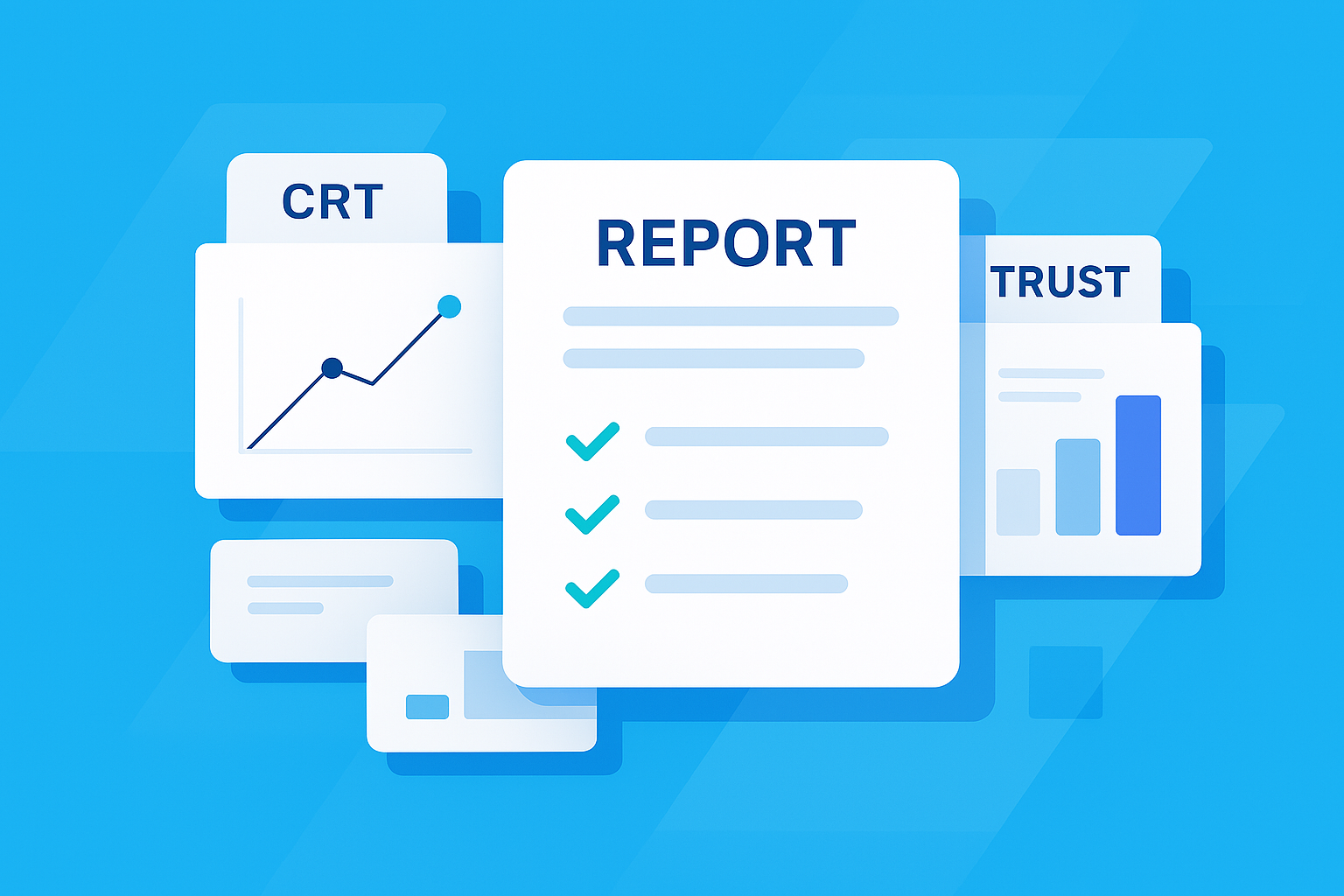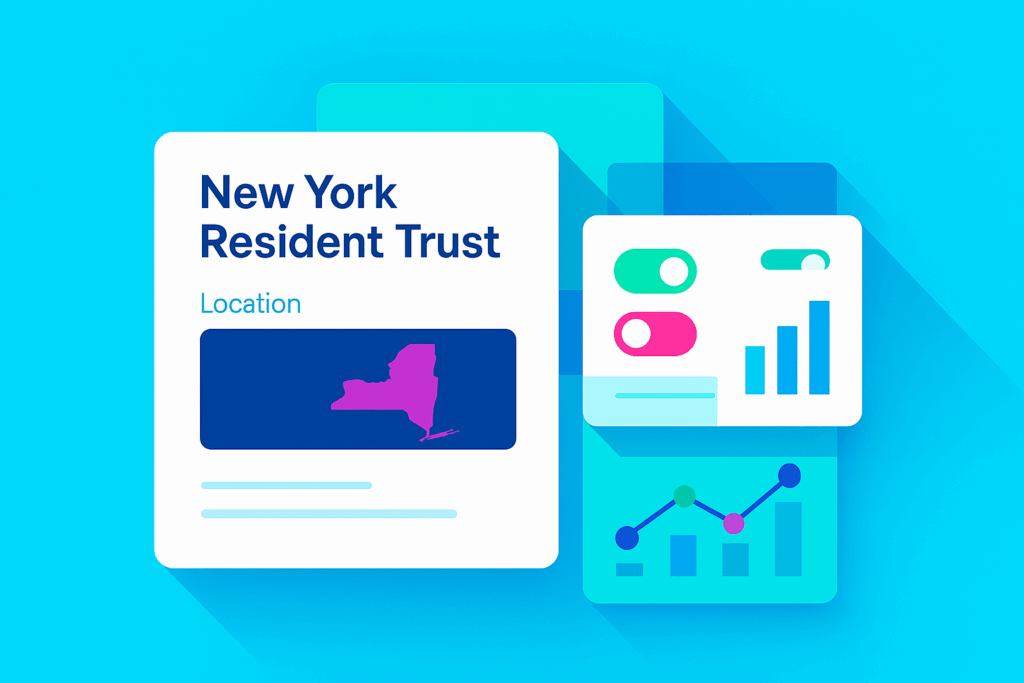We’ll need the following information to set up your South Dakota non-grantor trust so that it qualifies for QSBS stacking and state-tax exemption and satisfies other state and federal requirements. The purpose of this document is to get you started; we’ll provide more information on each of these requirements as you’re going through the onboarding workflow.
- Personal information. We’ll collect background data on you and, if married, your spouse. This will include your legal names, birth dates, address, citizenship status, and a few other similar items. We’ll use this information to perform the required background checks and, where relevant, to open trust accounts and transfer assets.
- Beneficiaries. We’ll need to know whom you want to name as the ultimate recipient of trust assets. This can be your existing children, your future descendants, any other living person, or a combination. Because this is a non-grantor trust, you will be giving up ownership over trust assets, and the named beneficiaries will be the recipients when all is said and done. (You will, of course, have some say over when they receive assets and how much. We’ll explain how you’ll exercise that influence — via your trustee — as part of the trust administration onboarding process.
- Contingent beneficiaries. Non-Grantor Trusts can last virtually forever, which means that it’s possible that your trust will run out of beneficiaries before it runs out of money — if your last descendant dies without heirs of his or her own. To plan for that event, we’ll need to know what you would like to happen to the remaining principal. This can be all of your relatives, by blood or marriage; specifically named people; or a charity.
- Separate trusts or pot? If you are naming more than one beneficiary, you may set up a separate trust for each person or one “pot” trust. Doing it as separate trusts reduces friction between beneficiaries, makes it easier to track how much each beneficiary has received from his or her trust, and may generate tax savings down the line. A pot trust lowers upfront administrative costs and keeps the class of beneficiaries open so that unborn children (in the case of trusts for the benefit of your children) or unborn grandchildren (in the case of trusts that are for the exclusive benefit of your grandchildren) can share in the benefits equally with those already born.
- Trustee. The role of the trustee is to manage the trust’s investments (or hire an investment advisor who will do so) and determine when to make distributions to the beneficiary (with the grantor’s guidance). We need to know who you would like to act as trustee. For tax reasons, neither you nor your spouse should act as trustee, though you will have the power to remove and replace the trustee at any time. The trustee can be Valur or another corporate trustee; another family member; a friend; or even the beneficiary themselves (if they’re over age 18). In all cases, though, you’ll need to select a trustee who can perform the role in a trustworthy manner, and they’ll need to be in a state with advantageous rules. (If you choose Valur, we set the trust up in South Dakota.)
About Valur
We’ve built a platform that makes advanced tax planning – once reserved for ultra-high-net-worth individuals – accessible to everyone. With Valur, you can reduce your taxes by six figures or more, at less than half the cost of traditional providers.
From selecting the right strategy to handling setup, administration, and ongoing optimization, we take care of the hard work so you don’t have to. The results speak for themselves: our customers have generated over $3 billion in additional wealth through our platform.
Want to see what Valur can do for you or your clients? Explore our Learning Center, use our online calculators to estimate your potential savings or schedule a time to chat with us today!
Mani Mahadevan
Founder & CEO
Mani is the founder and CEO of Valur. He brings deep financial and strategic expertise from his prior roles at McKinsey & Company and Goldman Sachs. Mani earned his degree from the University of Michigan and launched Valur in 2020 to transform how individuals and advisors approach tax planning.
































